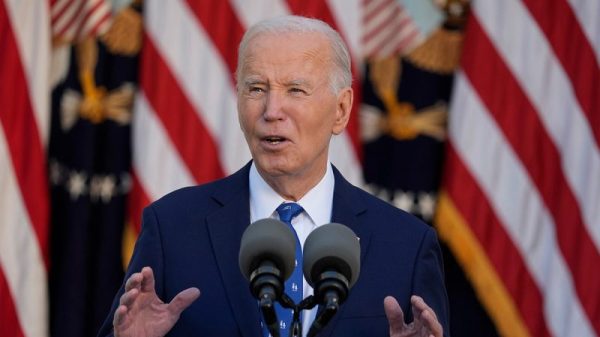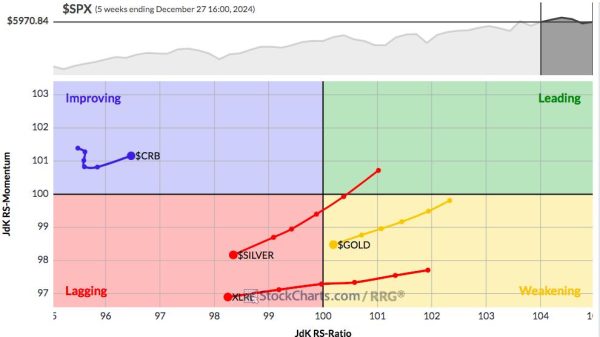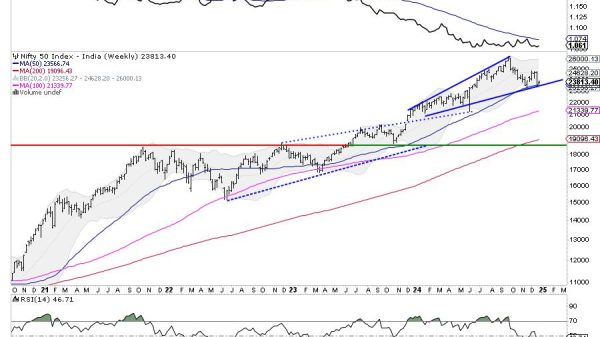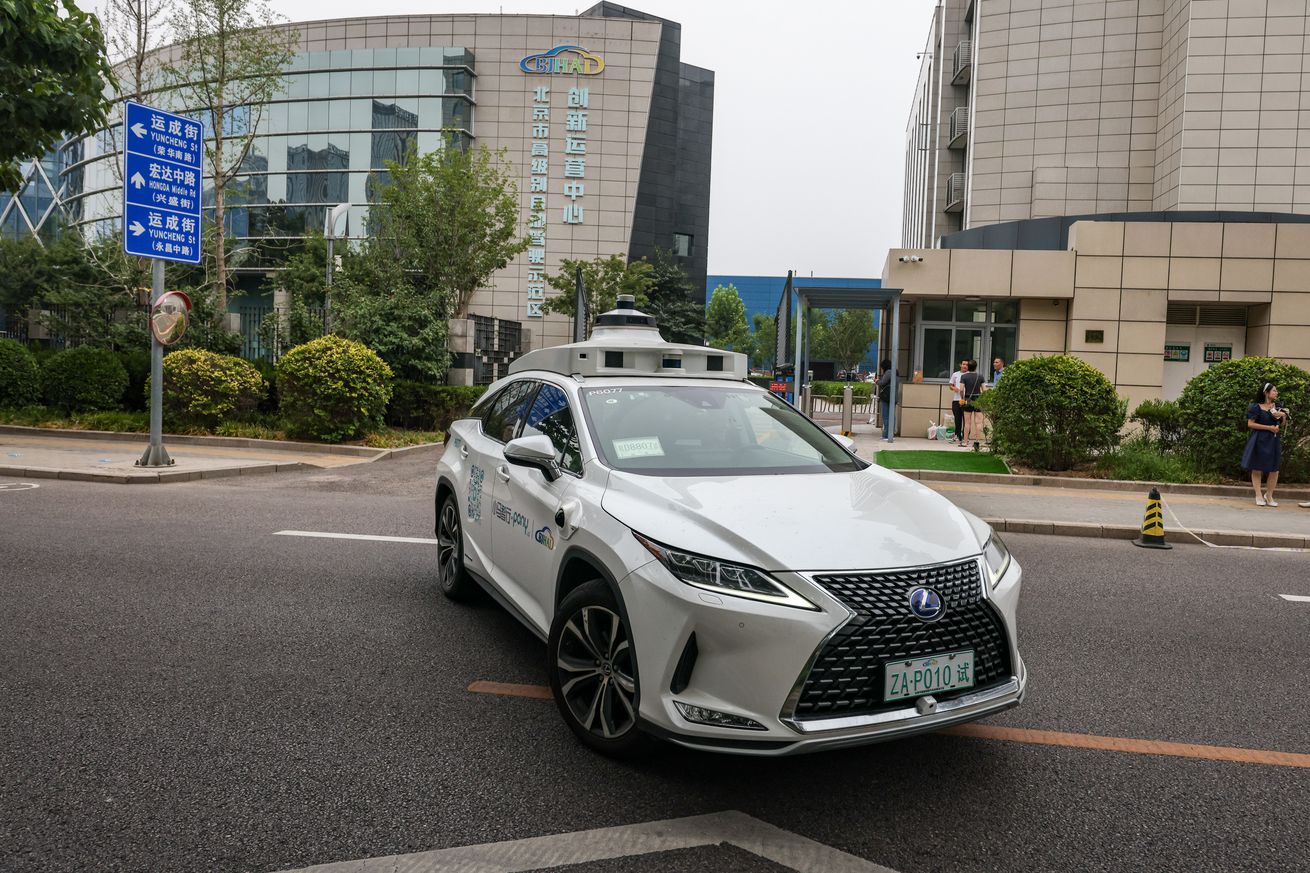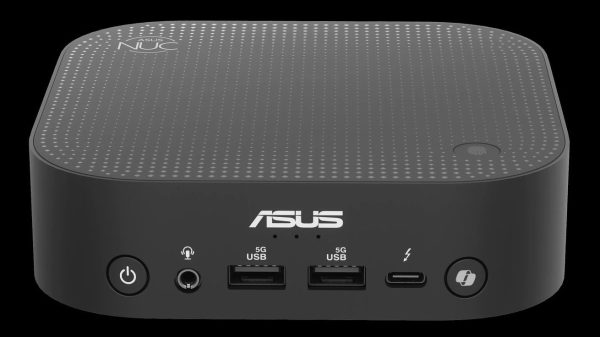
The same day that General Motors announced that it would stop funding its beleaguered robotaxi company Cruise, one of China’s leading autonomous vehicle operators made a different sort of announcement.
Pony.ai said it would expand its robotaxi fleet from about 250 to at least 1,000 vehicles in 2025, thanks to a partnership with GAC Aion, a division of one of China’s biggest automakers. With a larger fleet, the company says it plans on growing its service areas in the so-called first-tier cities of Beijing, Guangzhou, Shanghai, and Shenzhen. Pony’s current fleet averages 15 rides per vehicle per day, which translates to over 26,000 trips every week.
It was another example of how access to cheap, plentiful electric vehicles as well as a lax regulatory environment and other state-fueled incentives are fueling China’s aggressive approach to autonomous vehicles. Baidu, another major Chinese AV operator, recently detailed its own efforts to bring the cost per vehicle down to around $30,000. Baidu also has a joint venture with automaker Geely to make driverless cars.
In the US, the tie-ups between automakers and driverless vehicle operators have faltered. In addition to GM’s decision to back away from Cruise, Ford shut down its Argo AI robotaxi project that it had been funding with Volkswagen. Both Ford and GM say they plan to redirect their efforts toward advanced driver-assist technology for personally owned vehicles.
The US is on high alert about China’s growing dominance in the field of autonomous vehicles. Earlier this year, the Biden administration proposed new rules to block the “sale or import” of connected vehicle software originating from China, arguing that vehicles with hardware and software from the country pose an “acute” threat to US national security. This followed an earlier move by the administration to lock in new tariffs on Chinese imports, including a 100 percent duty on EVs and new hikes on batteries and key minerals. And President-elect Donald Trump, who has been stacking his cabinet with China hawks, has promised even harsher tariffs.
These protectionist trade policies could also slow the development of driverless cars in the US. Waymo, the leading robotaxi company, has said it would use a Chinese EV as its next-generation vehicle. The Zeekr-made vehicle was supposed to be a lower-cost option for the company, which has racked up billions of dollars in expenses over the years.
Robotaxis could flounder without access to cheaply made EVs. Indeed, the public markets haven’t necessarily openly embraced Pony.ai and other Chinese firms, despite their aggressive expansion plans. The company’s initial public offering on Nasdaq valued it at $5.25 billion, or about 40 percent less than the $8.5 billion it was worth two years ago, according to the Financial Times.
No AV operator in the world is currently profitable. The fleets are still too small, the companies are mostly cautious about growing too quickly, and the technology is still more expensive than the meager revenues being brought in.
Pony.ai and others are hoping that China’s government will soon allow their vehicles to expand into suburban areas. Meanwhile, Trump’s transition team is weighing whether to create a federal framework for self-driving cars, which could enable a wider deployment of vehicles without traditional controls, like steering wheels and pedals.
But the threat of China outpacing the US in robotaxi development hasn’t spurred Congress to break the logjam that has stalled AV legislation in Congress for over six years. Disagreements range from increasing the number of AVs on the road to prohibiting states from setting their own performance standards for AVs to liability concerns.
Cities may also object to companies trying to push out more driverless vehicles. Officials in San Francisco, for example, have raised a host of complaints, including blocked buses and emergency vehicles, and local residents have logged protests over new rules allowing robotaxis to roam more freely.
Those concerns are likely to remain a sticking point. Meanwhile, China has already surpassed the US in robotaxi deployment. The question is how much further ahead they can get.






